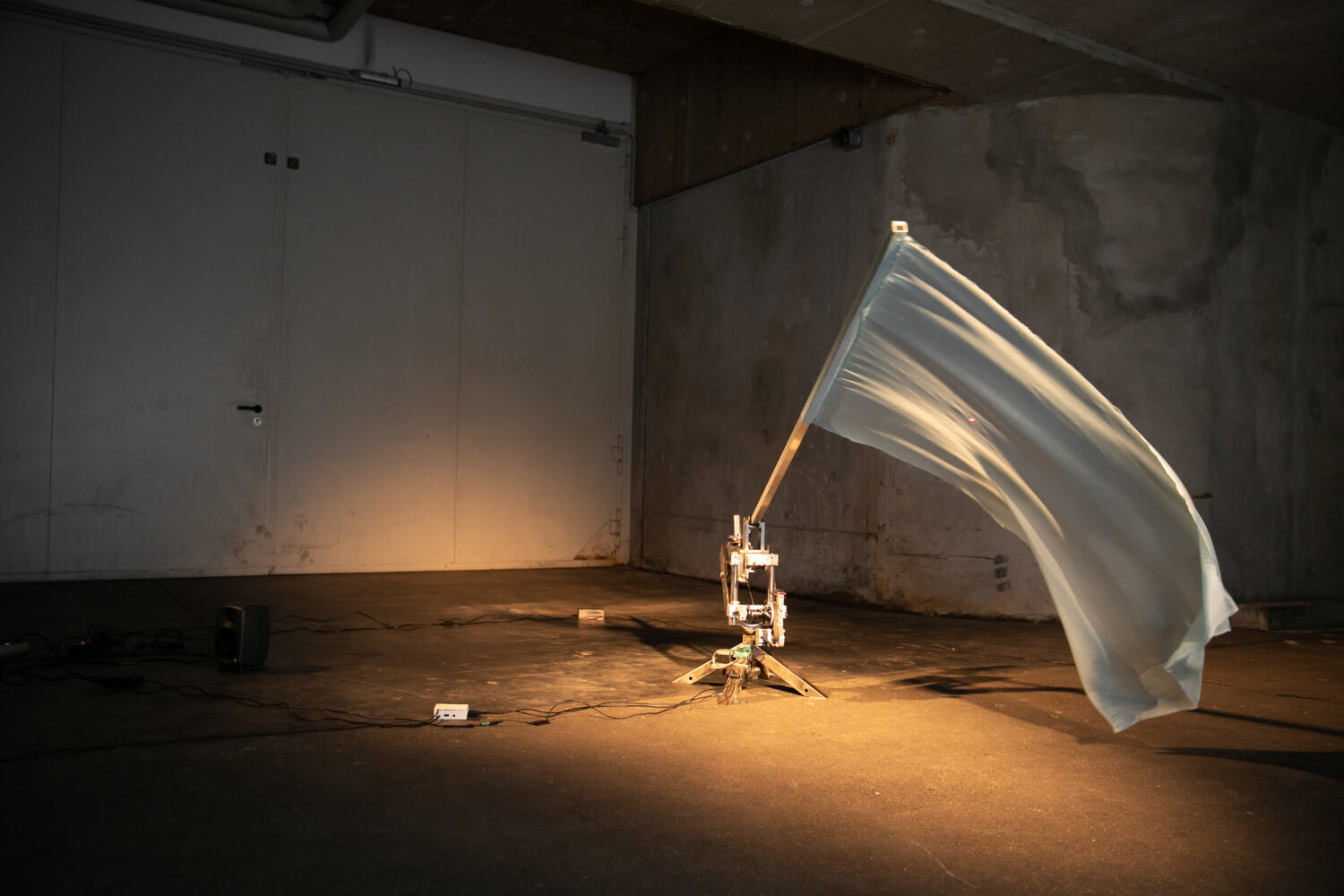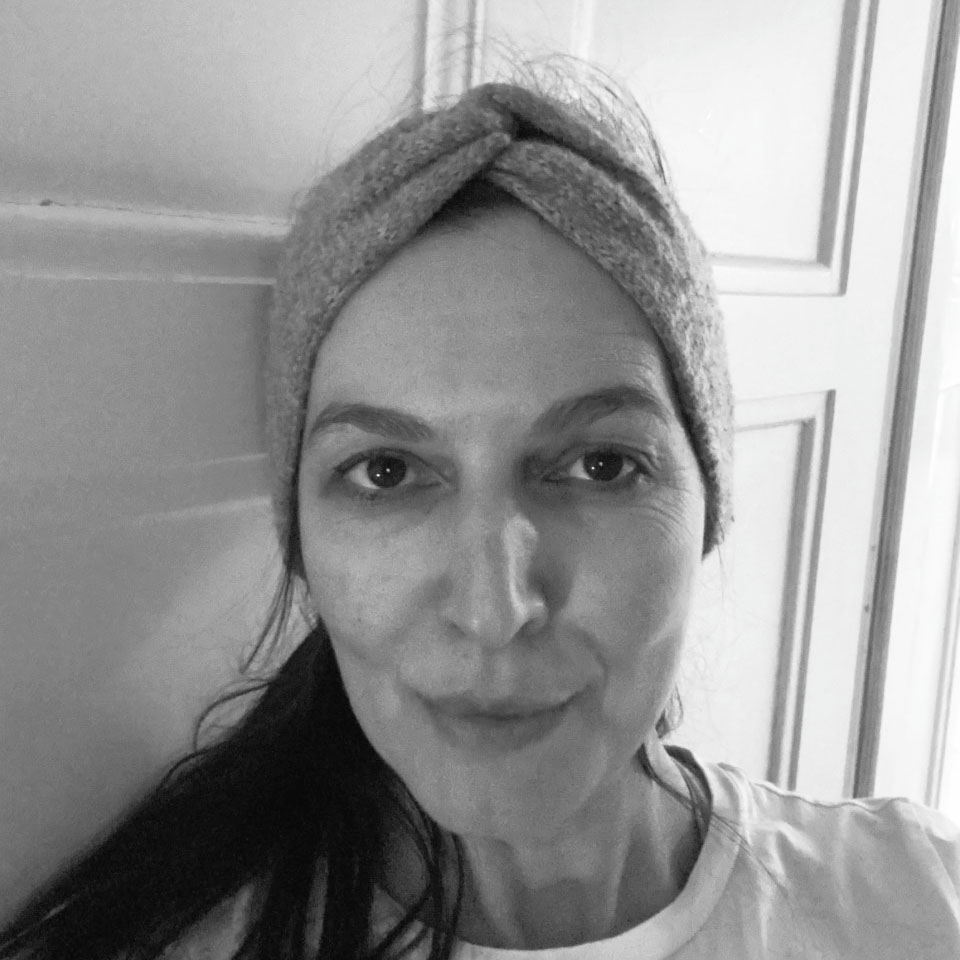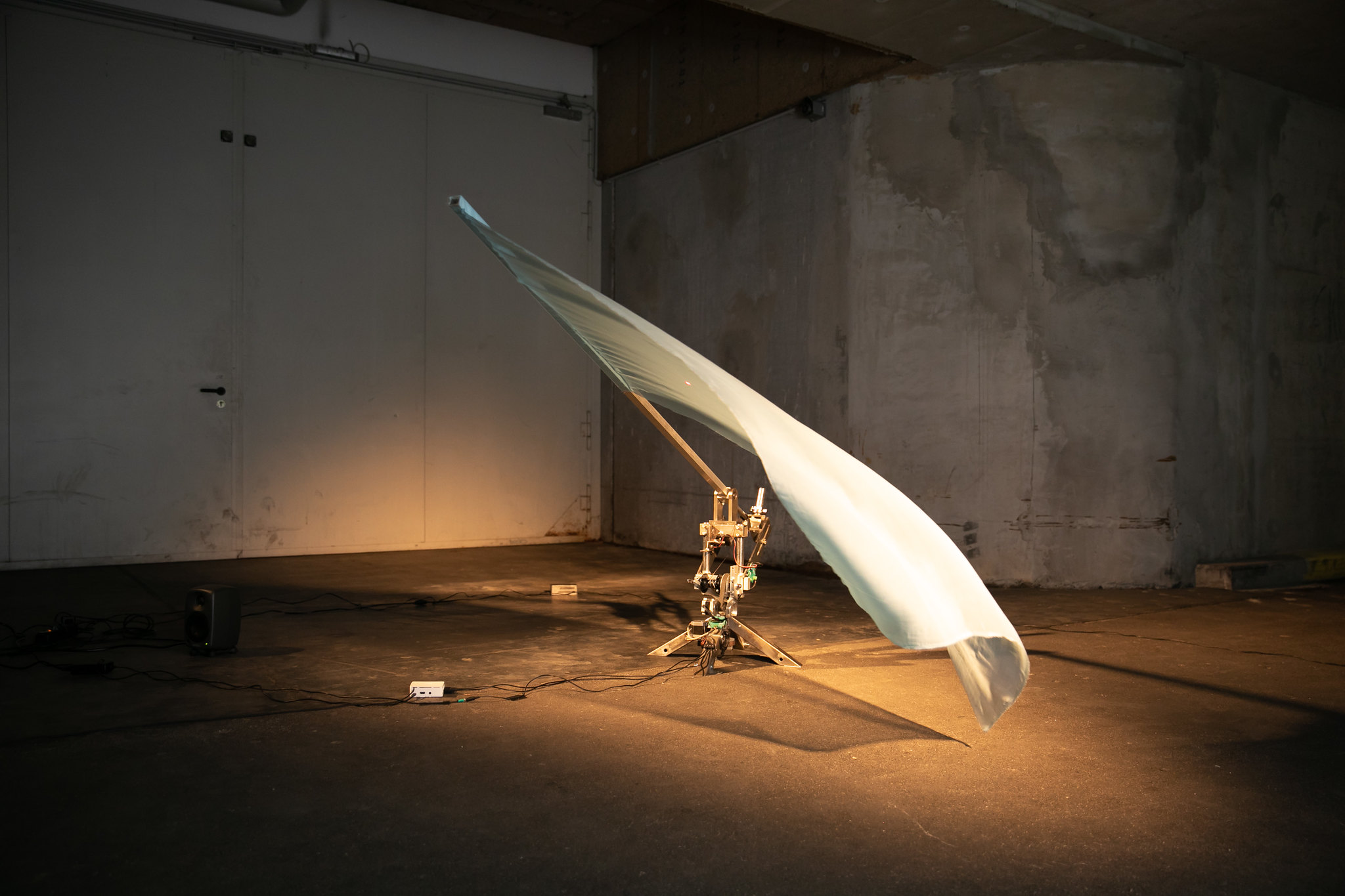In a new issue, Michaela Wimplinger presents a project that shows how fragile self-determination has become in a world controlled by technology.
Since 1979, Ars Electronica has been doing pioneering work—building bridges between disciplines, serving as a platform for new alliances, and providing impetus for an open, inclusive dialogue about our future. In collaboration with artists from around the world, we realize and present projects that challenge conventions and anticipate developments.
For this series, we asked members of the Ars Electronica team to dive into our archive—the world’s largest of its kind—and select a project that has personally touched, inspired, or challenged them, and to tell us why this project is relevant today. Together, we embark on a journey to milestones of the so-called digital revolution. Milestones that were cutting edge.
In this issue, Michaela Wimplinger, who maintains global contacts with museums, art and cultural institutions, collections, galleries, start-ups, foundations, and embassies, gives us an insight into a project that questions what self-determination means in a world increasingly controlled by algorithms.
Which project did you choose?
Michaela Wimplinger: I chose Kathrin Stumreich’s project “Sovereignty.” The work was awarded the Marianne von Willemer Prize in 2016 and was shown at POST CITY during the Ars Electronica Festival “ERROR – The Art of Imperfection” in 2018.
What is this project about?
Michaela Wimplinger: The central question is: What does self-determination mean in a world that is increasingly controlled by algorithms?
The installation plays with the concept of sovereignty. A translucent silk flag, guided by a steel robot arm, dances through the room. Gently, then suddenly jerkily, sometimes almost defiantly. Every contact with a red laser beam triggers a sound, sometimes soft, sometimes screeching. The result is a nine-minute choreography in which fabric, light, and sound interweave to form an audiovisual composition. Kathrin Stumreich combines political symbolism with technical precision, creating an almost meditative, poetic atmosphere that inspires reflection.
Why is “Sovereignty” outstanding?
Michaela Wimplinger: It stands out for me because it translates an abstract, multi-layered theme—sovereignty—into a work of art that can be experienced with the senses. It weaves political stance, technological precision, and a restrained aesthetic into an expressive overall composition.
Kathrin Stumreich describes her artistic research as a search for the random, the unpredictable, embedded in material, movement, and sound. This openness to chaos gives the work depth and character.
This approach is evident in “Sovereignty”: although the flag follows a programmed choreography, there is always room for disruptions, gusts of wind, shadows, and spontaneous interventions. Every tiny change influences sound and movement, creating temporary sculptures of light, fabric, and sound. No two runs are alike. And that is precisely what makes the installation so alive, so unique, so special. The symbolic moment when the flag falls and remains motionless unfolds a political dimension without becoming loud.
I have been familiar with Kathrin’s work since I was a jury member in 2016 and have followed it with great interest ever since, most recently her current installation “Mid-air collisions,” which can be seen at the Bienal’25 Fotografia in Porto until the end of June 2025. I am very much looking forward to seeing how this work will develop further, both regionally and internationally.

How is this work relevant today?
Michaela Wimplinger: Because it makes tangible what has long been a political and social reality, while poetically raising one of the central questions of our time: Who has control? Over movement, over data, over meaning?
In a world that is increasingly structured by technical systems, this installation acts like a mirror. The flag does not follow a natural wind, but preprogrammed movements. Its dance is not free, but predetermined—tactful, but controlled.
Sovereignty, the work shows, is not a fixed state, but a process that can be controlled, shifted, and manipulated. Especially today, when social media platforms are regulated by algorithms and AI, the concept of self-determination is becoming increasingly fluid. A political statement is pushed by an algorithm, a critical post disappears from feeds—and public perception changes in real time.
This is also clear in geopolitics: technological sovereignty is power. The CHIPS and Science Act signed by the US in 2022 shows how closely semiconductors and computing power are linked to national independence today. Whoever has access to the most powerful chips designs the most powerful AI and thus our digital infrastructure.
“Sovereignty” does not take up these developments in a simplistic way, but translates them into a sensory experience. The movements of the flag become audible as soon as the fine fabric cuts through the laser beam. Every touch produces sound, a system that registers, evaluates, and plays back. A quiet but haunting reminder of digital surveillance and the permanent visibility of our actions.
Michaela Wimplinger – thank you!

Michaela Wimplinger
Michaela Wimplinger has been assistant to Ars Electronica’s artistic director Gerfried Stocker since 2006. Since 2017, she has been responsible for special projects in external and international contexts and organizes international collaborations in the field of art and culture. Together with the Women’s Office of the City of Linz, she develops projects related to the Marianne von Willemer Prize for Digital Media. She also curates exhibitions for the Ars Electronica Center and for “hosted by Ars Electronica” at Bildraum 07 in Vienna. Since 2015, she has been a jury member for the IRIS Prize of the City of Linz, and since 2014 she has been working on gender and diversity programs for Ars Electronica and in the equal treatment network of the City of Linz’s corporate group.
